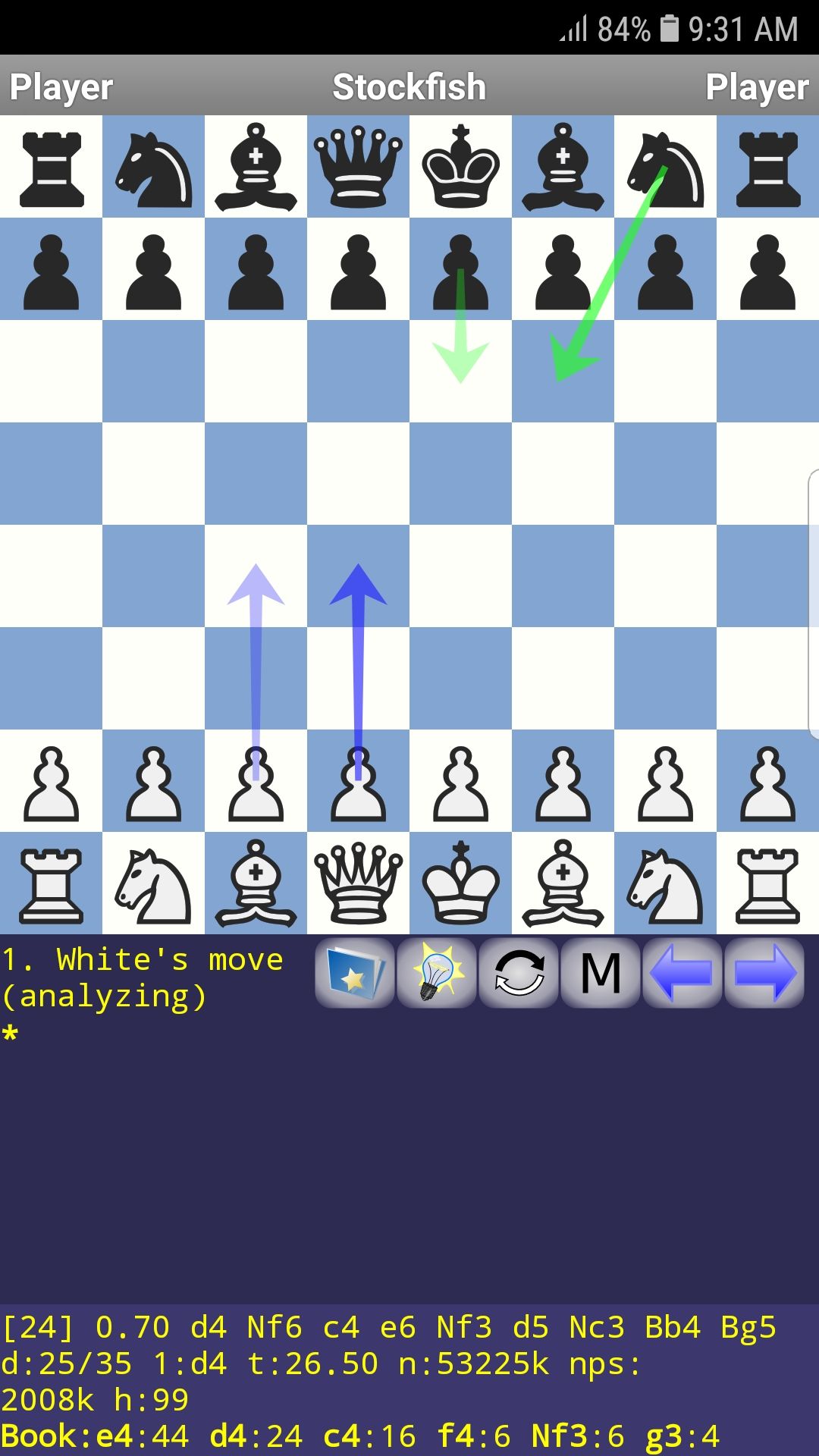

- #WHAT DO THE COLORED ARROWS IN FRITZ CHESS MEAN HOW TO#
- #WHAT DO THE COLORED ARROWS IN FRITZ CHESS MEAN SERIES#

In the fifth game the computer had the white pieces.

Example 1 (Advantage: Silicon) talks about the computer, so the introductory paragraph should be recast with Deep Fritz as the subject: "Deep Fritz played an eight-game match against current world champion Vladimir Kramnik in 2002. The intent of the first two examples is to illustrate the contrasting strengths of machine and man, yet the text for both is introduced with the same subject: Vladimir Kramnik. In spite of the visual merit, the article is less than superb: the text is frequently imprecise, the graphic language is used loosely, and the visualization method systematically misplaces the emphasis. The NYT display is beautiful because of the neat layout employing dividing lines and subheads and the pairing of each paragraph with an accompanying diagram, augmented with red arrows and circles. Why not go ahead and do that for the reader in the book? The first thing I do is turn the board around so that it is oriented as if I was player with the move. I've solved these problems before by setting up the position on the chessboard. When using this type of book, the student is attempting to solve the problem and compare it with an answer in the back of the book. Here, I think it would be helpful to discard this standard and orient the position depending on the move. They also followed the "white at bottom" standard. I reviewed two books of chess problems (not listed above). This style aides the reader in being able to recognize the position, whether they are playing the opening from the Black or White side. Where the book is a treatment of an opening repertoire, the style that John Hall used is extremely helpful in showing the view from both sides of the board. Flipping the orientation of the board on opposite turns would be distracting, to say the least.
#WHAT DO THE COLORED ARROWS IN FRITZ CHESS MEAN SERIES#
It is what most readers will expect as it shows the flow of the game through a series of small-multiples. Where the subject is annotation of a game, it makes sense to adhere to the "White" at bottom standard. In terms of board orientation, I would make the following observations. At the bottom of the diagrams are the player's names, where and when the played, and whose turn it is to move. The diagrams are oriented with White at the bottom and are sequentially numbered on the upper left hand side, as in Suetin.
#WHAT DO THE COLORED ARROWS IN FRITZ CHESS MEAN HOW TO#
How to Reassess Your Chess, Jeremy Silman 1993 P-Kt4-5 in order to provoke BPXP.P-B3 would be wrong". At the bottom of the diagram are comments explaining the position, such as "Here the right procedure for Black is to attack the chain by. The diagrams are oriented with White at the bottom and are sequentially numbered at the top with "Diagram 23", for example. The numbers are used to refer to the diagrams in the text. The diagrams are oriented with White at the bottom and are sequentially numbered on the upper left hand side. Plan Like a Grandmaster, Alexei Suetin 1988 The diagrams have no other annotation than White's View and Black's view listed at the bottom of each. I believe this very useful when studying openings, as it helps the student better recognize the placement of pieces on the board. One from White's point of view and one from Black's. The author uses a technique of showing each position as two diagrams. This book is an opening repertoire for White playing the Torre Attack and Black the Tartakower and Caro Kann. Opening Systems for Competitive Chess Players, John Hall 1992 The inside cover of this book says it is an unabridged and unaltered reproduction in one volume of My Best Games of Chess 1908-1923 first published by G.Bell & Sons, London, in 1927 and My Best Games of Chess 1924-1937, published by G. The diagrams have no other notation than the simple text, "Position after Black's 22nd move" preceeding the diagram in the text. My Best Games of Chess 1908-1937, Alexander Alekhineĭiagrams are oriented with White at bottom. Again this was a very cursory review of some classic and more modern chess texts. From the quick sampling I did, the diagrams vary greatly in configuration and style. Other than the "white at bottom" standard, there does not appear to be any other standards. The exception was where the author displayed two diagrams for each position, one from Black's point of view and one from White's point of view. However, I was able to find, rather quickly, an exception to this in my limited chess collection. I need to stand corrected on board-orientation, as there does appear to be a standard of white at the bottom.


 0 kommentar(er)
0 kommentar(er)
